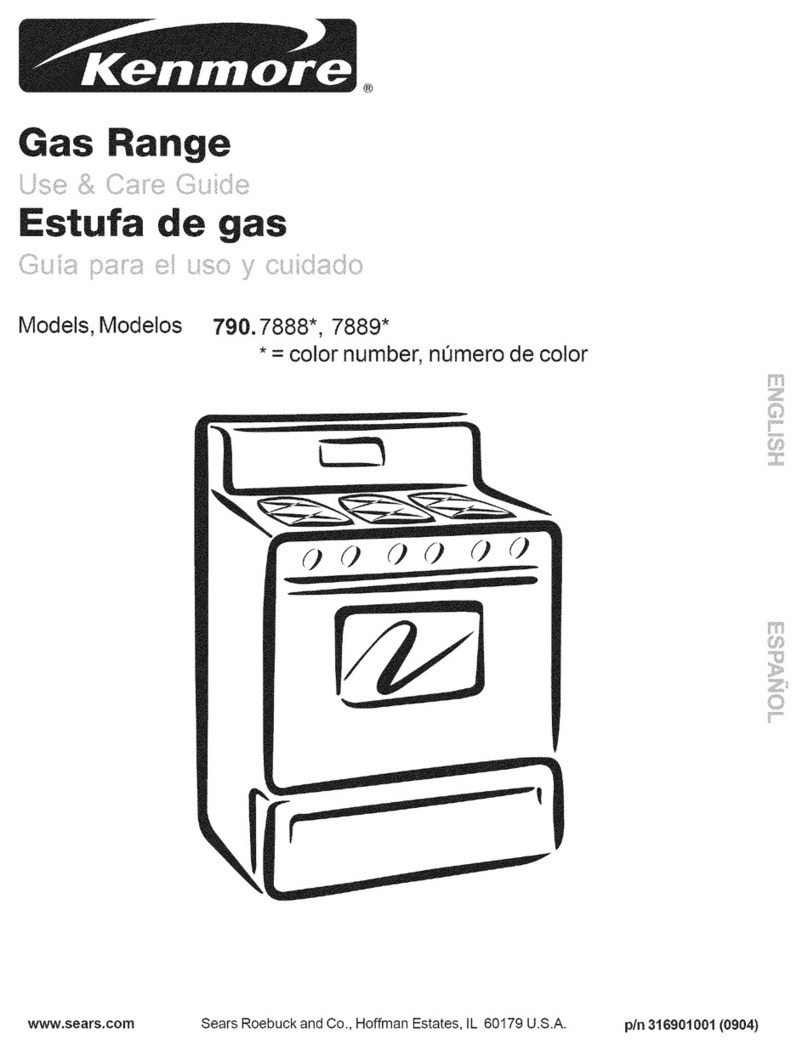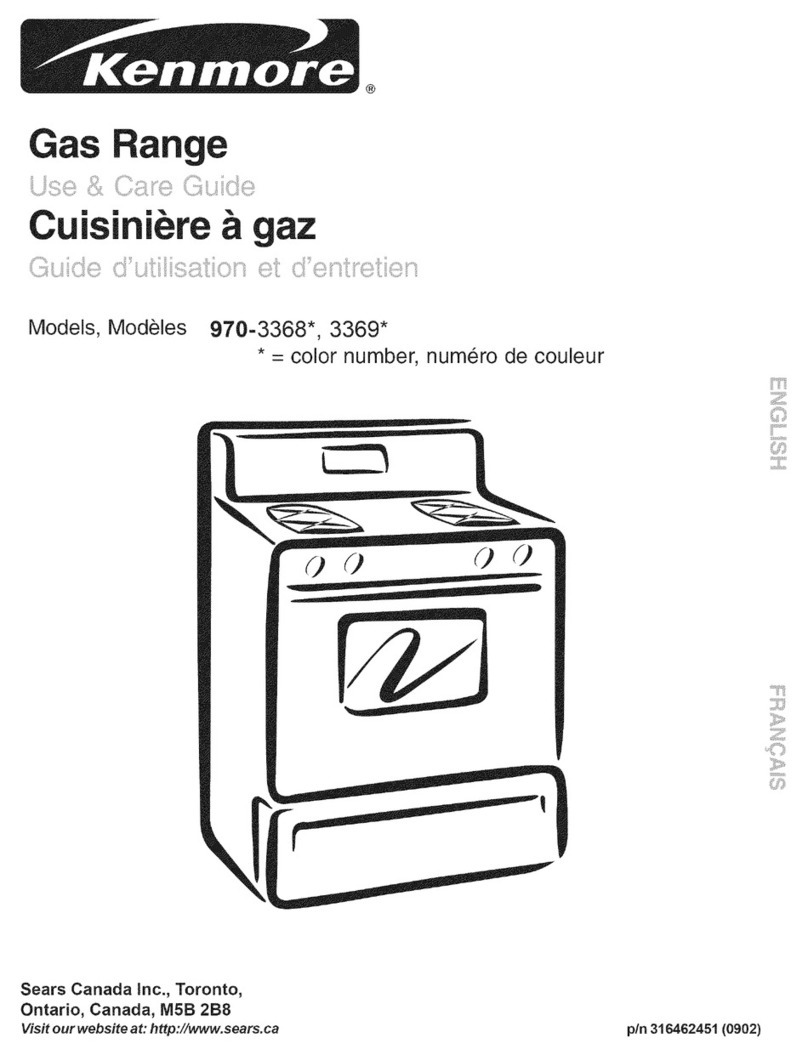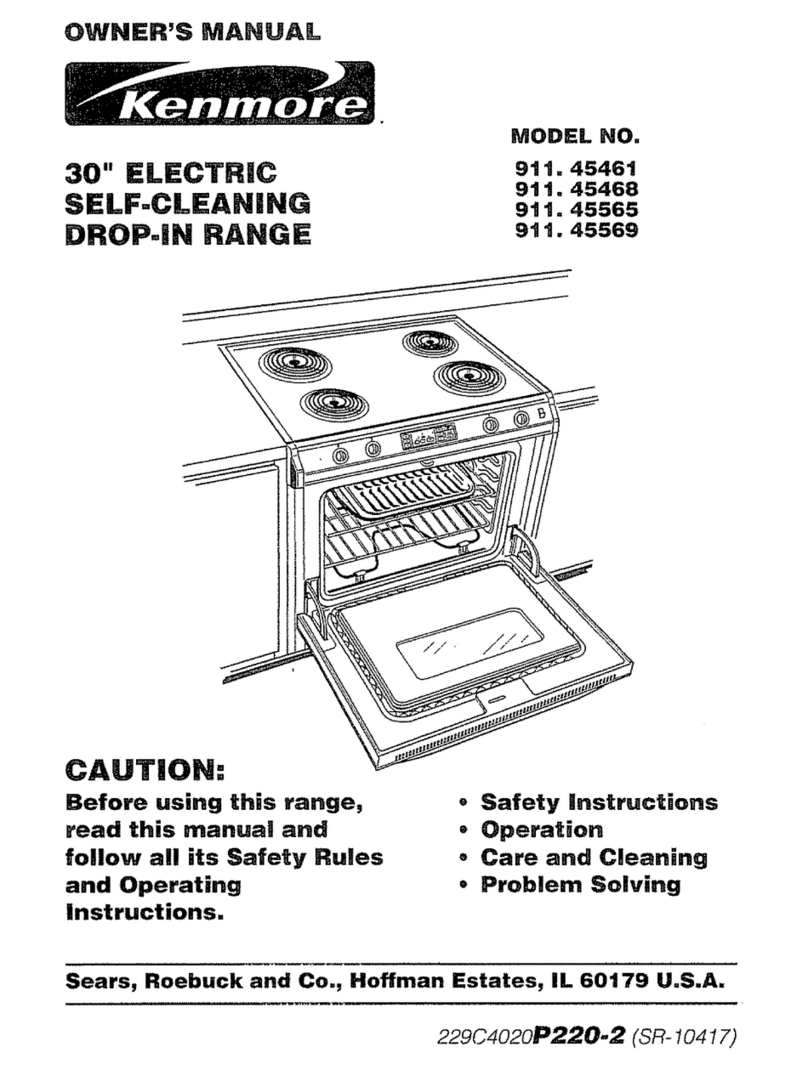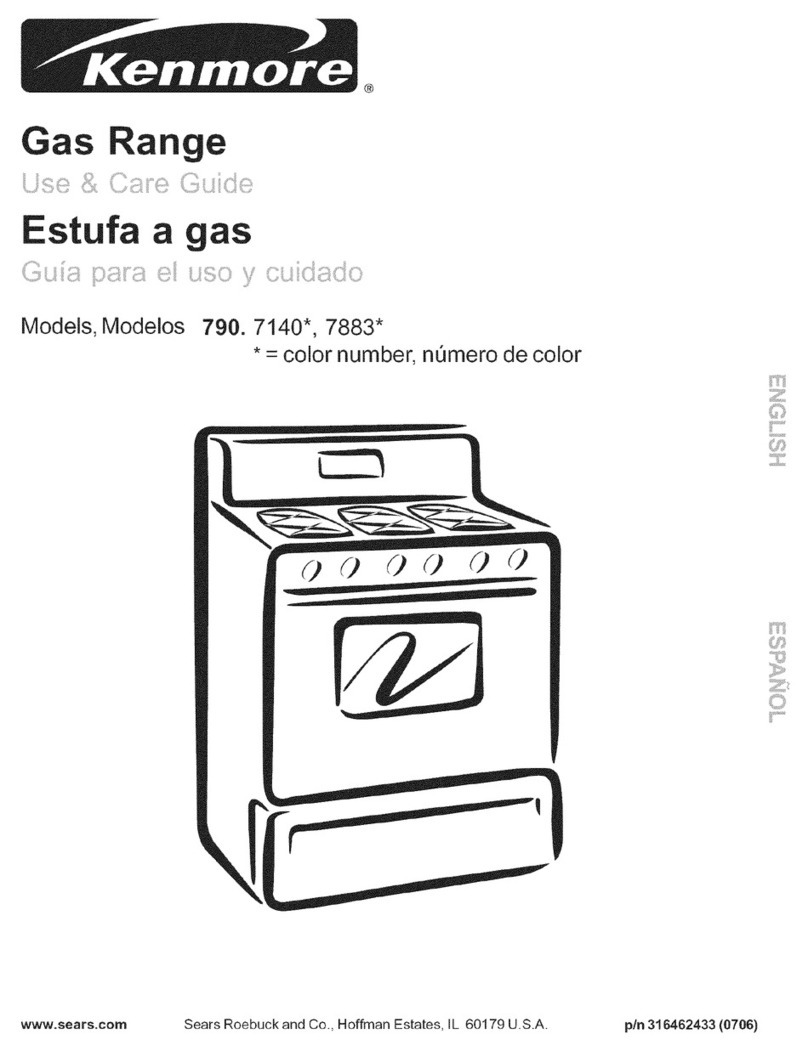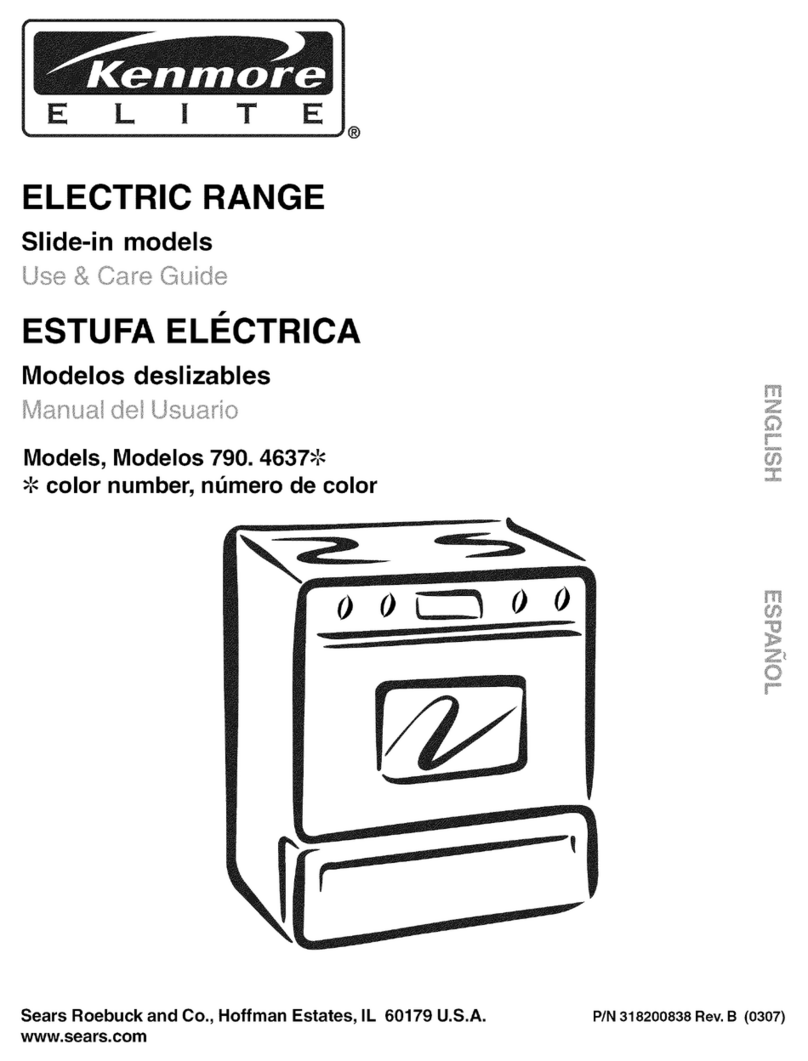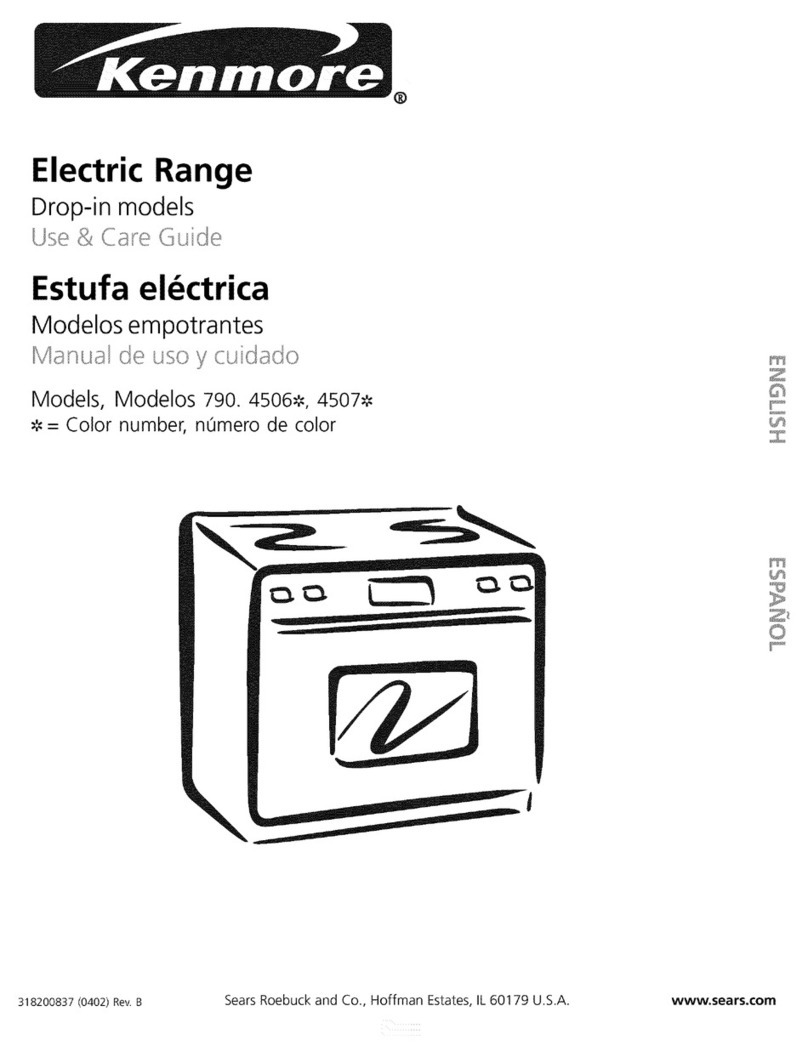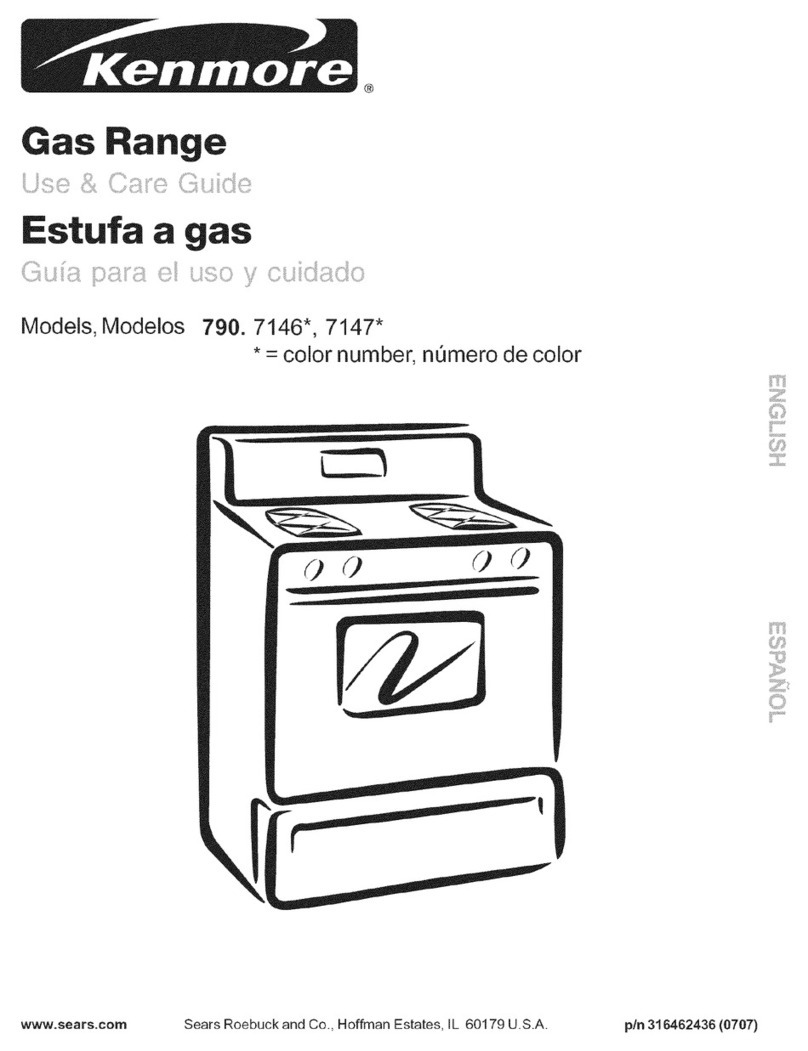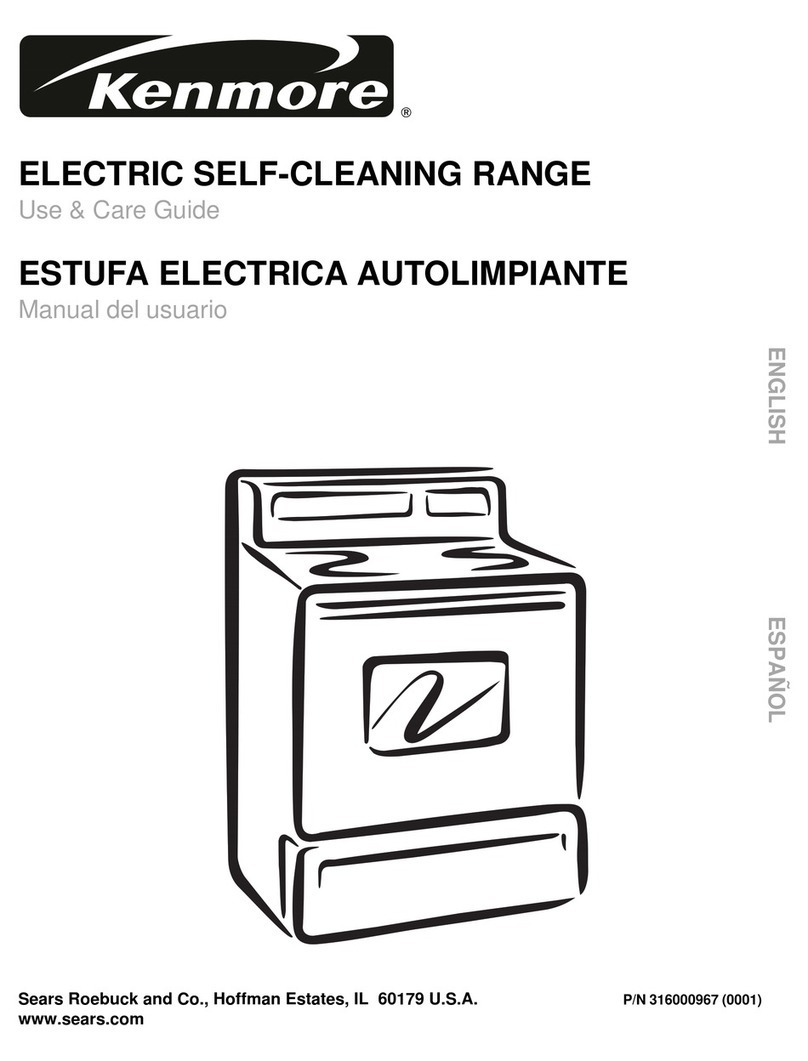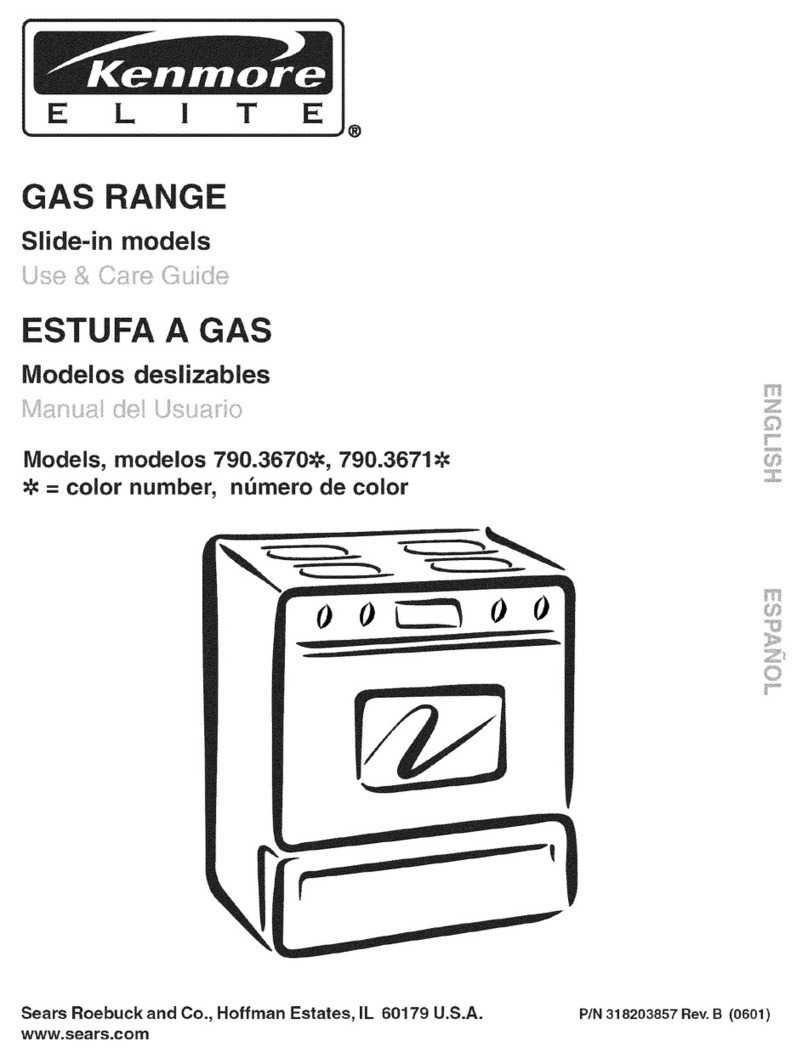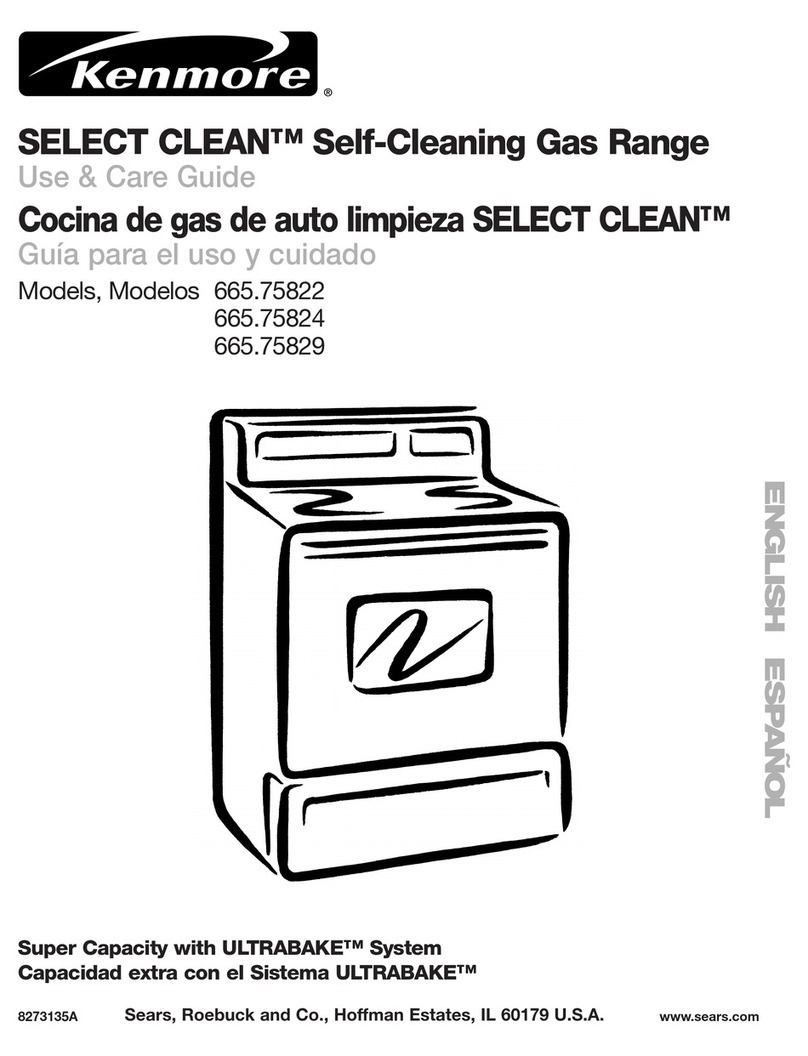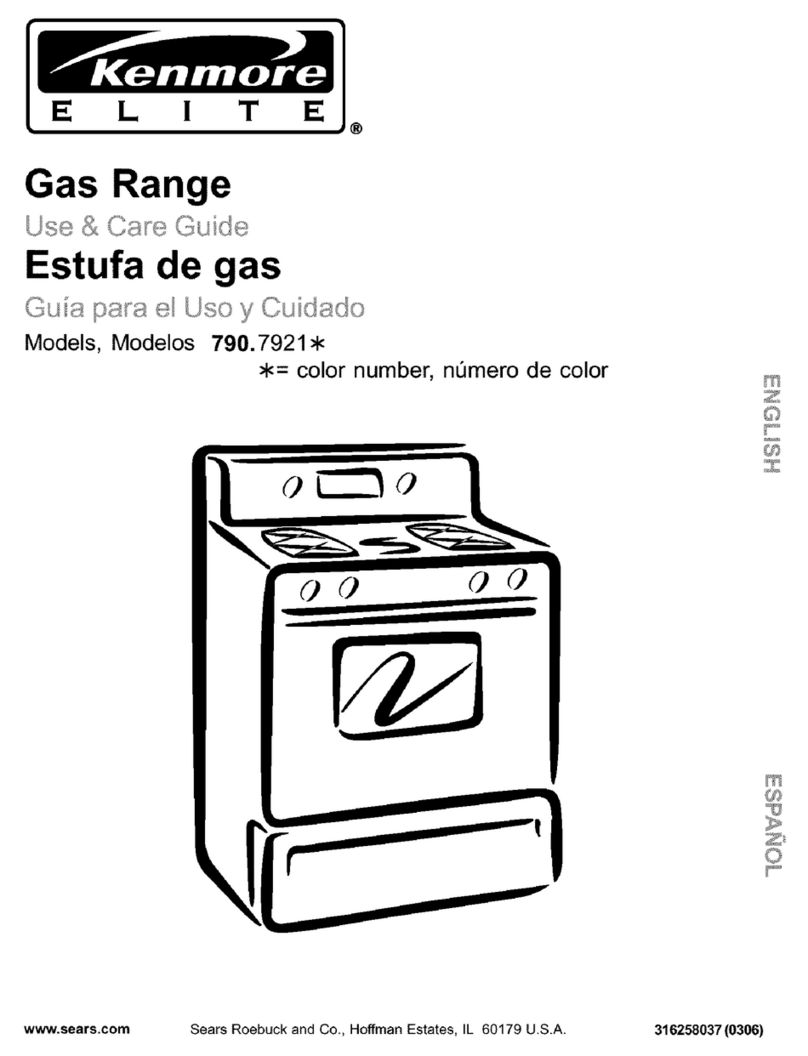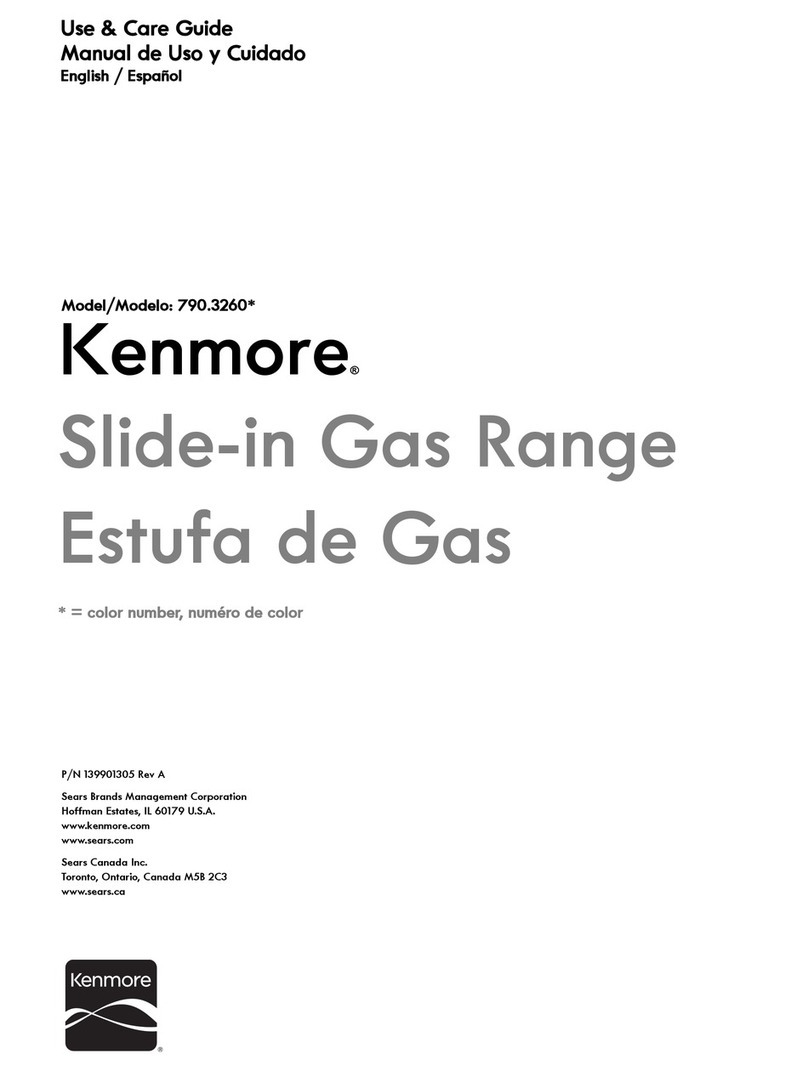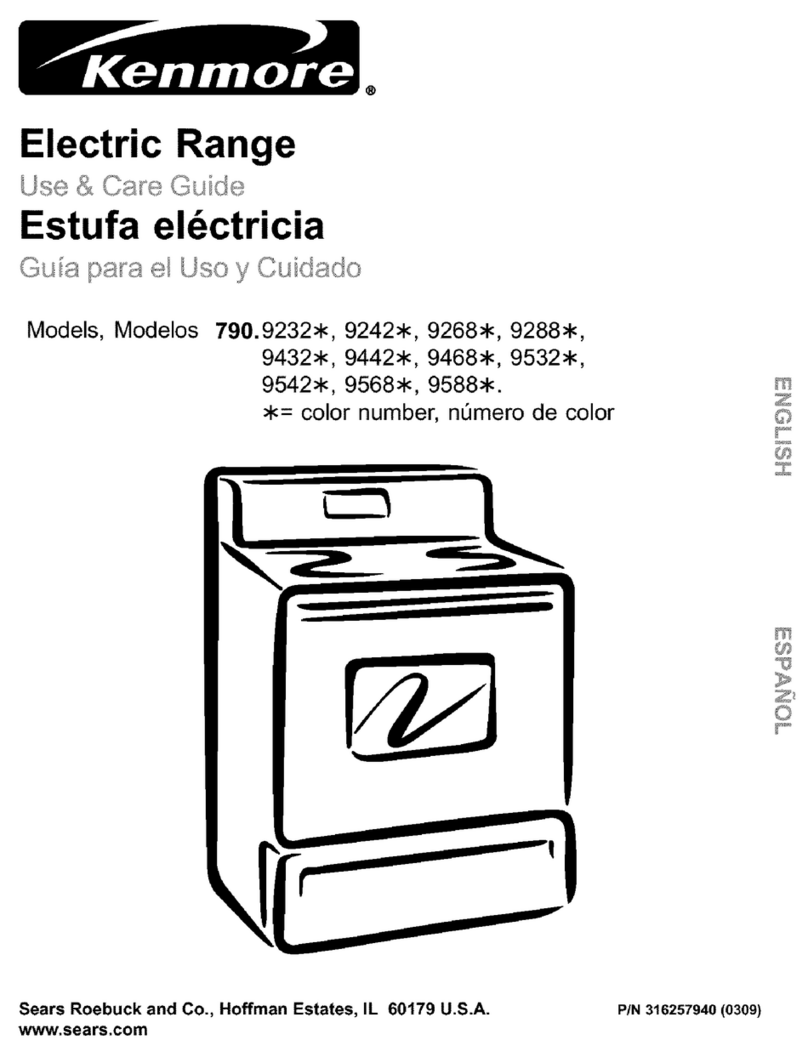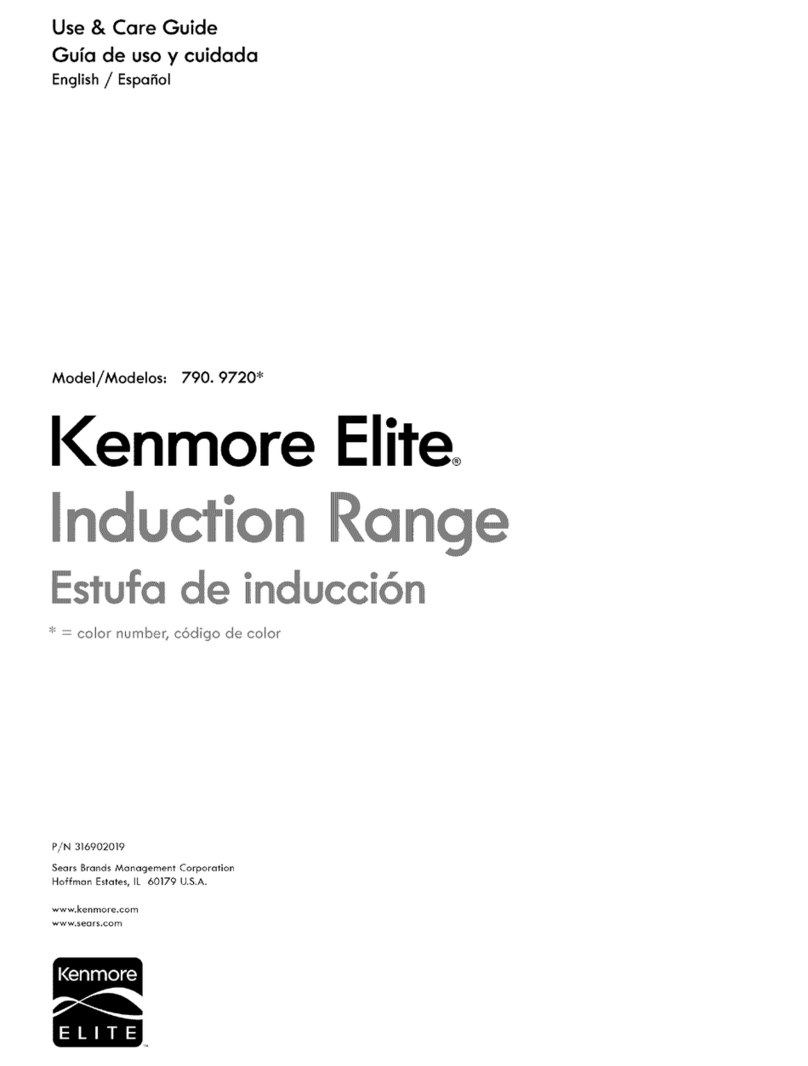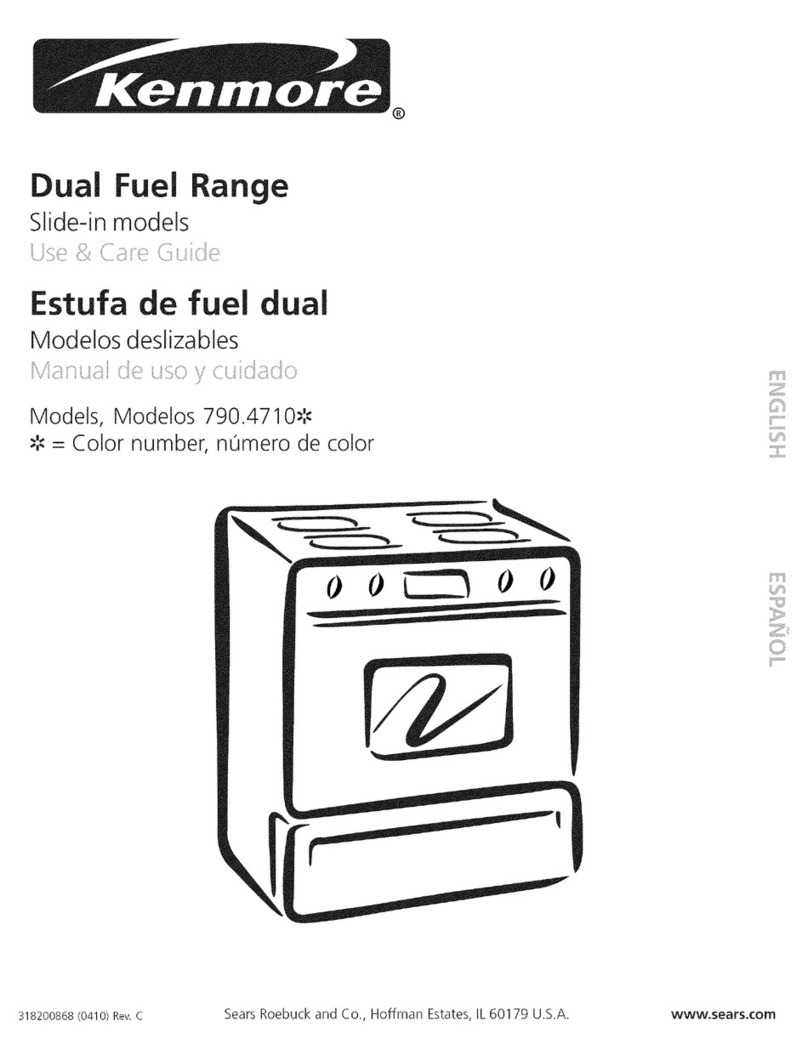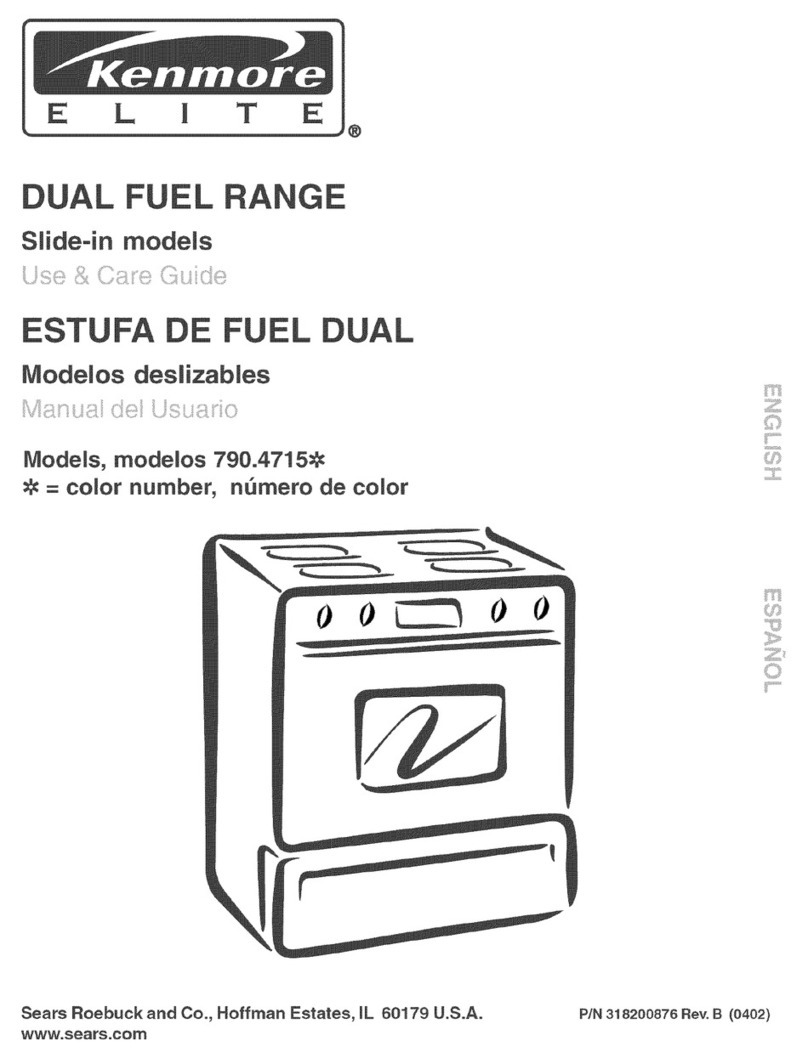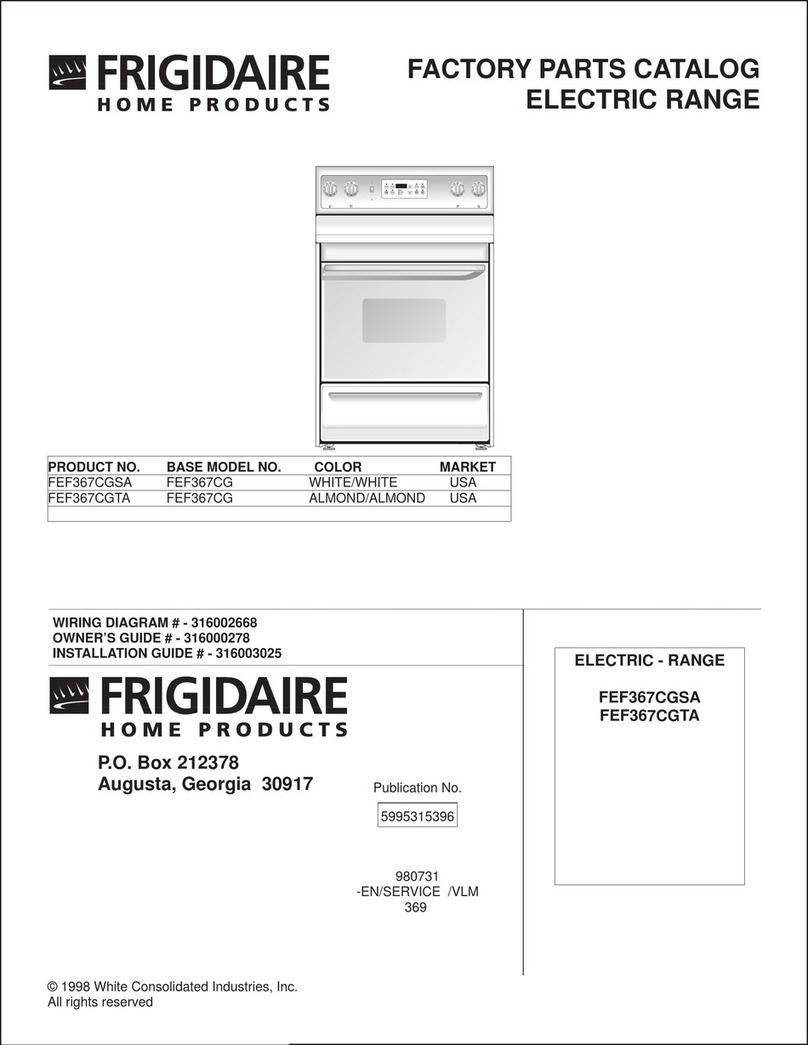
important Safety instructions
Read all instructions before using this appliance.
Save these instructions for future reference.
This manual contains many important safety messages. Always read and obey all safety messages.
The safety symbol _ calls your attention to safety messages that inform you of hazards that can kill or hurt you or others,
or cause damage to the product.
Indicates an imminently hazardous situation which, if not avoided may result in death or serious injury.
Indicates an imminently hazardous situation which, if not avoided may result in minor or moderate injury, or
product damage.
All safety messages will identify the hazard, tell you how to reduce the chance of injury, and tell you what can happen if
the instructions are not followed.
Remove all tape and packaging before using the
range. Destroy the carton and plastic bags after
unpacking the range. Never allow children to play with
packaging material.
Proper Installation-Be sure your appliance is prop=
erly installed and grounded by a qualified techni-
cian in accordance with the National Electrical
Code ANSI/NFPA No. 70 latest edition, and local
code requirements. Install only per installation instruc-
tions provided in the literature package for this range.
Sears Parts & Repair is the recommended repair service
for this appliance. Know how to disconnect the electrical
power to the appliance at the circuit breaker or fuse box in
case of an emergency.
• User servicing--Do not repair or replace any part of
the appliance unless specifically recommended in
the manuals. All other servicing should be done only
by a qualified technician. This may reduce the risk of
personal injury and damage to the range.
• Never modify or alter the construction of a range by
removing leveling legs, panels, wire covers, anti-tip
brackets/screws, or any other part of the product.
Stepping, leaning or sitting on the door
or drawer of this range can result in serious injuries
and also cause damage to the range. Do not allow
children to climb or play around the range. The weight of a
child on an open door may cause the range to tip, resulting
in serious burns or other injury. An open drawer, when hot,
may cause burns.
• All ranges can tip.
•Injury to persons could result.
• install anti-tip device packed with range.
.See Installation Instructions.
To reduce the risk of tipping, the range
oven must be secured by properly
installed anti=tip bracket(s) provided
with the range. To check if the bracket(s) is installed
properly, remove the lower panel or storage drawer
and verify that the anti-tip bracket(s) is engaged.
Refer to the installation Instructions for proper anti=
tip bracket(s) installation.
Do not use the oven or warmer drawer
(if equipped) for storage.
Do not store items of interest to children
in the cabinets above a range. Children climbing on the
range to reach items could be seriously injured.
Never use your appliance for warming
up or heating up the room ............. [};;
• Storage in or on appliance--Flammable materials
should not be stored in an oven, near surface units ....
or in the drawer (if equipped). This includes paper,
plastic and cloth items, such as cookbooks, plasticware
and towels, as well as flammable liquids.Do not store
explosives, such as aerosol cans, on or near the appli-
ance. Flammable materials may explode and result in
fire or property damage.
Do not leave children alone--Children should not
be left alone or unattended in the area where appli-
ance is in use. They should never be allowed to sit or
stand on any part of the appliance.
DO NOTTOUCH SURFACE UNITS, AREAS NEAR
THESE UNITS, OVEN HEATING ELEMENTS OR
INTERIOR SURFACES OFTHE OVEN OR WARMER
DRAWER (if equipped). Both surface and oven heat-
ing elements may be hot even though they are dark in
color. Areas near surface units may become hot enough
to cause burns. During and after use, do not touch, or
let clothing or other flammable materials touch these
areas until they have had sufficient time to cool. Among
these areas are the cooktop, surfaces facing the cook-
top, the oven vent openings and surfaces near these
openings, oven door and window.
Wear proper apparel--Loose-fitting or hanging gar-
ments should never be worn while using the appli-
ance. Do not let clothing or other flammable materials
contact hot surfaces.
•Do not use water or flour on grease fires--Smother
the fire with a pan lid, or use baking soda, a dry
chemical or foam=type extinguisher.
3
